Is the Quest Pro worth buying for gaming?
The Meta Quest Pro technically has some gaming perks, but you're better off waiting for the Meta Quest 3 instead.
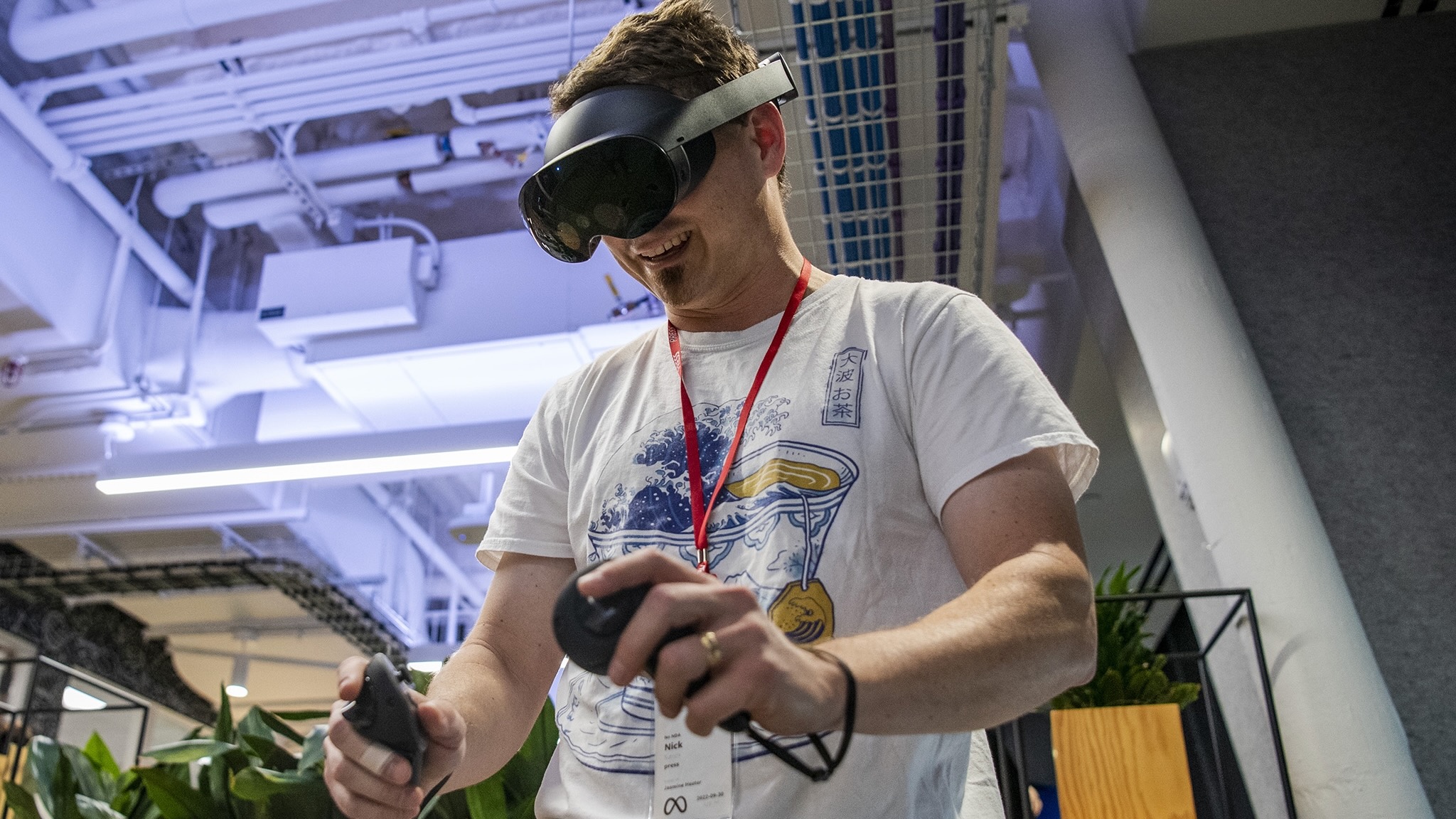
Is the Meta Quest Pro worth buying for VR gamers?
The Meta Quest Pro boosts the speed, memory, and visuals of the Quest 2 and is more comfortable to wear out of the box, especially for glasses-wearers. Plus, it has unique mixed-reality games to try and the benefit of eye tracking for foveated rendering. But battery limitations, lack of Pro VR exclusives, and the sheer price make it hard to recommend, especially with the Quest 3 on the horizon.
Reasons to buy the Quest Pro for gaming
Before we dive into why the Meta Quest Pro probably isn't a wise purchase for most VR gaming fans, we have to admit that Meta did manage to make the device quite attractive with some significant upgrades.
First, comparing the Quest Pro vs. Quest 2, the Quest Pro has a new Snapdragon XR2+ Gen 1 chip paired with double the RAM (12GB vs. 6GB). The Plus is largely the same in computing capacity, but according to Meta, it has a revamped design that "increased airflow and heat dissipation efficiency" for "significantly better performance." Some of its alleged 50% performance boost comes from foveated rendering, which not all games or apps will support.
The Quest Pro's new pancake lenses make the device much less front-heavy, which makes it more comfortable to wear for longer periods. And the built-in halo strap lets you adjust how close or far the display is, which means you can wear glasses safely without needing a spacer that jams your frames into your face.
Plus, Meta says the new headset has a "1.3x-larger color gamut and 37% more pixels-per-inch" than the Quest 2, along with 500 local dimming zones and 10º extra field of view, giving you a visual boost. And unlike the Quest 2's Fresnel lenses, which have a very small sweet spot where everything looks clear, the Quest Pro lenses have a much clearer picture across the entire lens display. So your gaming library will look much nicer.
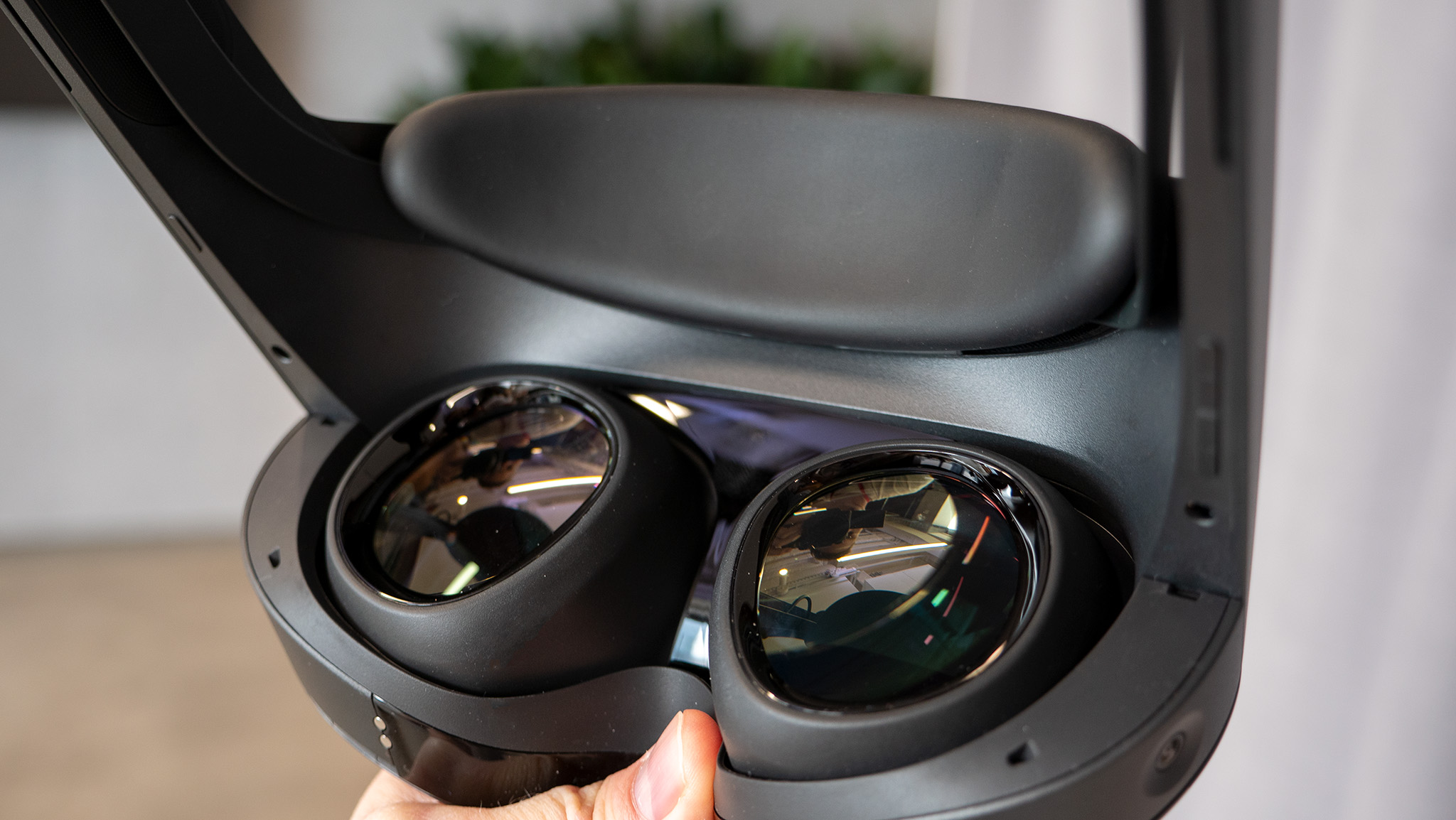
The last significant Quest Pro hardware upgrade is its cameras. Inside the headset, it supports eye tracking and face tracking. The latter is designed for realistic expressions for virtual office meetings but could also work in social VR apps if they support the tool in the future. But as we'll discuss below, it probably isn't likely that face tracking or foveated rendering will be enabled widely.
On the Quest Pro exterior, it has a full-color camera for passthrough that has unlocked new mixed-reality experiences, like the I Expect You to Die: Home Sweet Home game that turns your living room into a booby-trapped escape room. Many of these games will technically come out for the Quest 2 as well, but only in black-and-white with a worse frame rate, so they're not nearly as enjoyable.
Last but not least, the new Quest Touch Pro controllers provide a fantastic boost to tracking and haptics. That linked guide gives a detailed breakdown of all of its gaming benefits.
Be an expert in 5 minutes
Get the latest news from Android Central, your trusted companion in the world of Android
So if you're looking for a gaming hardware boost and want to enjoy the best mixed-reality experiences available today, you could happily buy the Quest Pro for gaming.
Reasons NOT to buy the Quest Pro for gaming
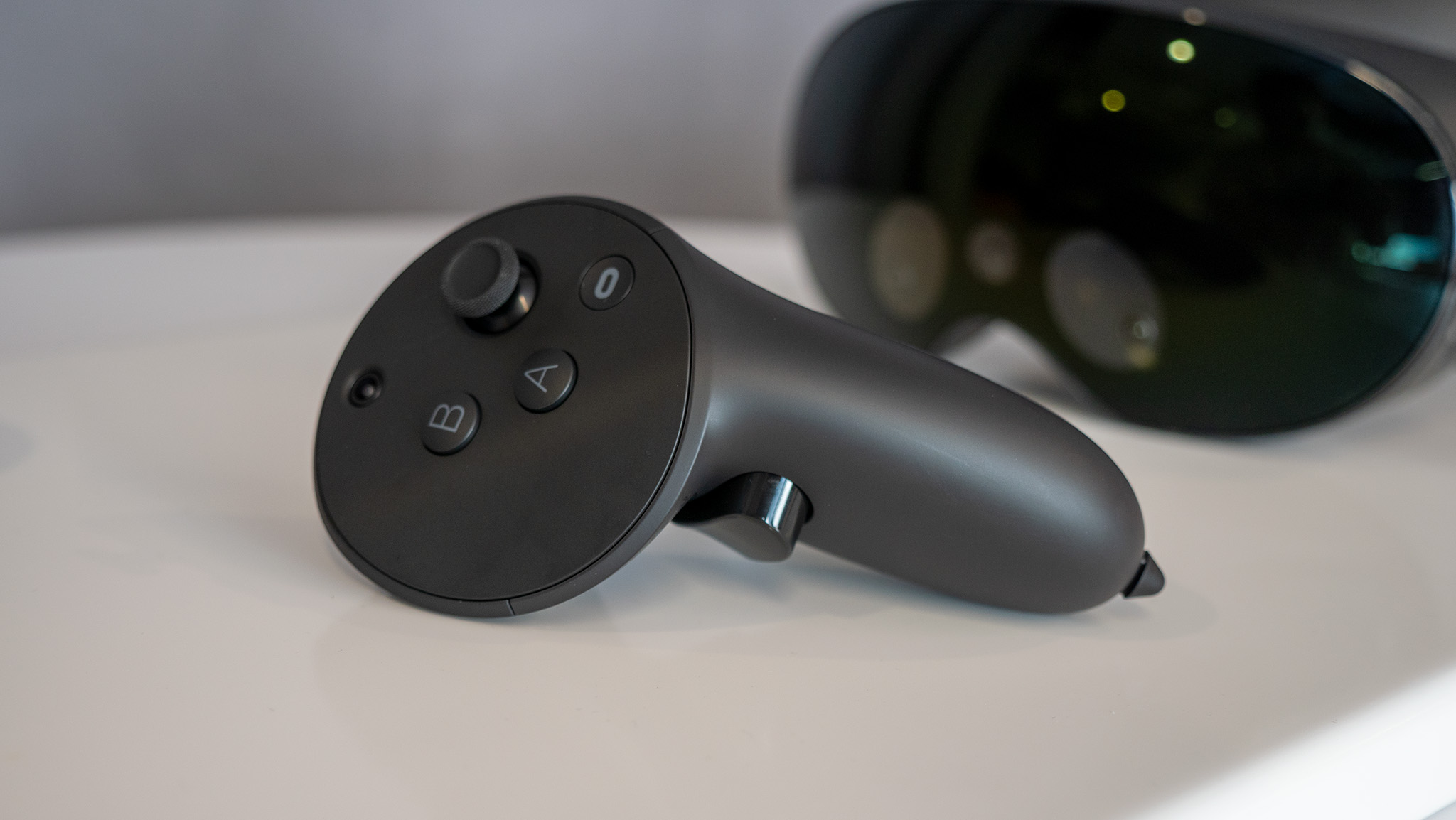
The most obvious reason to hold off on the Quest Pro is its price. $1,500 — plus Quest Pro accessories like a full light blocker to maintain immersion by blocking out your surroundings — is a lot to spend on any console. UploadVR reported that the full light blocker won't ship until late November, so even if your Quest Pro comes first, you won't be able to fully enjoy VR gaming until then without your unblocked surroundings causing nausea.
If that money would get you the best possible gaming experience, that could tempt hardcore VR gamers. But Meta really designed the Quest Pro for work applications and hasn't announced any first-party titles getting a graphical upgrade as of yet. When Consulting CTO of Oculus VR John Carmack was asked about existing games taking advantage of the Pro's increased power, Carmack responded that "memory is a much bigger difference for textures than the power, but new textures are a huge cost, so I doubt game devs will make custom versions for the expensive Pro."
Having 3x the memory is a much bigger difference for textures than the power, but new textures are a huge cost, so I doubt game devs will make custom versions for the expensive Pro.October 15, 2022
That could theoretically change if the Quest Pro sells well, but the user base probably won't justify developers putting in the effort. The same applies to social VR games, which probably won't put in the effort to make face tracking work when the Quest 2 won't support it, nor (allegedly) the Quest 3.
As for foveated rendering, Meta confirmed that any developer can use the tech. But Carmack tweeted that most devs won't be able to use it at launch and that he is "not a fan of the trade-offs" because the computing to make foveated rendering work accurately offsets the performance benefits. So some developers may implement it, but it's unclear how much better games will run or how many devs will bother for a smaller subset of users.
Quest Pro is here! We've just released an update for Red Matter 2 that you should NOT miss. We've added local dimming, Eye Tracked Foveated Rendering, and even increased pixel resolution by over 30%!Quest Pro is a beast! #MetaQuestPro #VRhttps://t.co/o4z55IgRew pic.twitter.com/XAq3MtQNcpOctober 25, 2022
That being said, at least one developer (Vertical Robot) has already added foveated rendering and increased pixel resolution to Red Matter 2 on the Quest Pro's launch day. So it's possible more of the best Quest 2 games really will get a major boost, despite the small base of gamers to take advantage of it.
The other issue is with battery life. The Quest 2 lasts 2 or 3 hours per charge, but you can use a battery pack like the Elite Strap with Battery to make it last twice as long, and its controllers last for months at a time. The Quest Pro, meanwhile, only lasts for two hours before needing two hours to charge back to max and has no official battery pack. Even if you jerry-rigged a battery pack to work with it, the controllers themselves only last about 4-5 hours before needing to be docked for a couple of hours.
We think the Quest Touch Pro controllers are worth the battery trade-off for their many perks. If these are swaying you, however, keep in mind that you can buy them separately for $300 and pair them with your Quest 2 instead. Spend 1/5 the money and get a tracking boost without the extras you don't need.
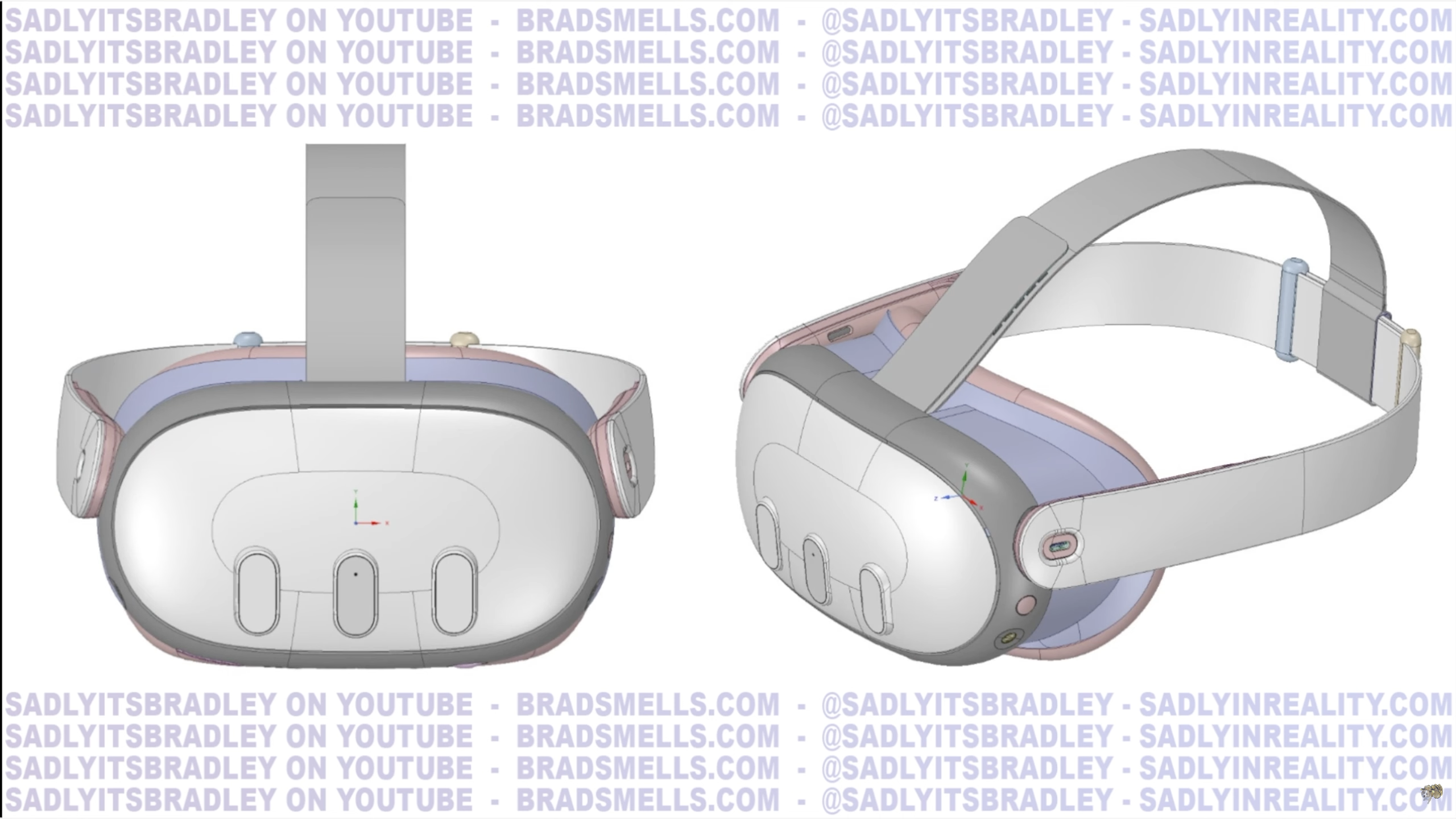
The main reason to wait on the Quest Pro is the upcoming Quest 3, which will be specifically designed for gaming. Our linked guide breaks down all the latest rumored upgrades: A Snapdragon XR2 Gen 2 chip based on the ultra-speedy Snapdragon 8 Gen 2 chip, up to 12GB of RAM, full-color passthrough for mixed-reality gaming, and pancake lenses for a more balanced weight.
The downside is that it won't include face or eye tracking if this leak is accurate. But it'll cost just $300-$500, which was actually confirmed by Mark Zuckerberg in a recent interview.
The Quest Pro is more powerful than the Quest 2, but the Quest 3 will close the performance gap even without the benefit of foveated rendering. The lack of eye tracking could mean that Quest developers will continue to ignore the feature, which will only hurt Quest Pro gamers.
By the time the Quest 3 arrives in 2023, you'll be able to fully enjoy whatever mixed-reality games have come to the Pro that year, too.
Our recommendation would be that you should buy the Quest Pro for gaming if (A) you're really excited about mixed-reality gaming exclusives, (B) you hate the narrow sweet spot of the Quest 2's Fresnel lenses, and (C) you also plan to use the Quest Pro for work in some capacity.
If you plan to use this as a portable computer/monitor for daily work, to create 3D models in Autodesk, or to meet virtually with colleagues, then consider buying one of these! The gaming upgrades will be a nice perk to enjoy on the side when your work is done, and we do appreciate the visual upgrade.
But if you really just want a gaming upgrade, our recommendation is to just wait for the Quest 3 — or at least wait until we have proof that developers are improving VR games for it specifically, as well as publishing MR games. You can always snag the excellent Quest Touch Pro controllers as a nice compromise upgrade. Only buy the Quest Pro if money is no object for you.
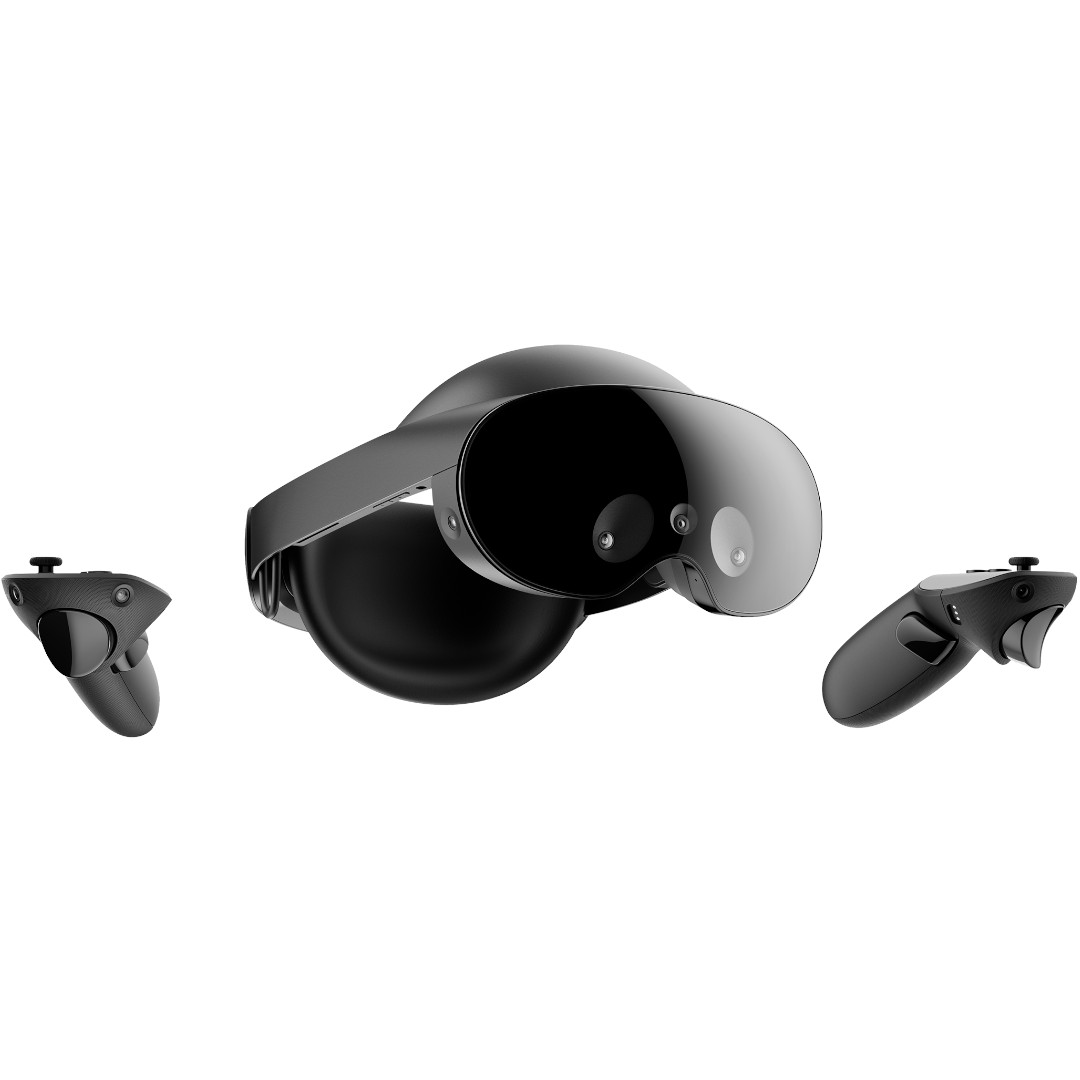
Want a visual and performance upgrade over the Quest 2, with a wider FOV, better color, a larger "sweet spot," and more power backing performance? Then the Quest Pro is the device for you. Just make sure to buy the full light blocker accessory so you don't get nauseous from your real-life surroundings.
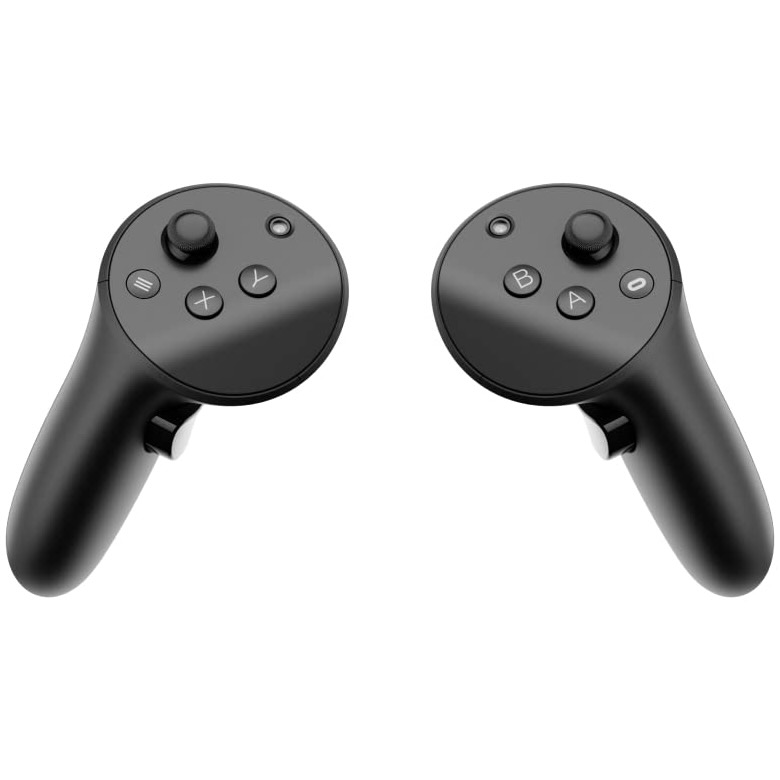
The new self-tracked controllers report their position to your headset without relying on headset cameras, so you no longer deal with dead zones above the Quest or behind your back. It has vastly improved haptics and finger tracking, and it'll work with all Quest 2 games.

Michael is Android Central's resident expert on wearables and fitness. Before joining Android Central, he freelanced for years at Techradar, Wareable, Windows Central, and Digital Trends. Channeling his love of running, he established himself as an expert on fitness watches, testing and reviewing models from Garmin, Fitbit, Samsung, Apple, COROS, Polar, Amazfit, Suunto, and more.
